Since its inception with 1962’s Dr. No, the James Bond franchise has been largely defined by several enduring trademarks that have become pillars of the saga over its 25 official films. Chief among them is the inclusion of a great villain, with 007’s enemies typically being eccentric evil geniuses or megalomaniacs working to realize a dastardly and despicable scheme for power, greed, or revenge.
Narrowly edging out the cartoonish criminality of Goldfinger’s sensational Auric Goldfinger (Gert Fröbe) is Javier Bardem’s Raoul Silva, the antagonist of 2012’s Skyfall. The eerie villain clashes with James Bond (Daniel Craig) as he works to exact revenge on the head of MI6’s 00-branch, M (Dame Judi Dench). Spanning from his ability to integrate past franchise tropes with a new-age sense of antagonism to the impact he has on the overall story, these are 10 reasons why Javier Bardem’s Silva is the best of all the Bond bad guys.
10
Javier Bardem’s performance
Behind every great villain is a great actor.
The first and most obvious reason why Raoul Silva is such a great villain is simply because of the commitment and effort of the man who brought him to life, Javier Bardem. The Spanish actor had previously won an Academy Award for his villainous turn in the Coen Brothers’ neo-Western thriller No Country for Old Men, so it was little surprise that he put in another spellbinding performance when given another chance to occupy a major cinematic antagonist.
Striking an impressionable and unnerving balance between sophistication, poignancy, unstable insanity, and even camp humor, Bardem portrays Silva as a ferociously intelligent and ruthless, though vulnerable and wounded, man. Every facial twitch, vocal inflection, and half-flirtatious glance from Bardem imbues Silva with a tremendous presence that is as hypnotically vibrant as it is deeply disconcerting. Evinced in his introductory scene alone, in which he monologues about eradicating rats from an island, Bardem imposes Silva on not only the story, but the viewer as well, making for a truly unforgettable Bond villain and one of the best antagonists cinema has ever seen.
9
His tragic origin story
He is so much more than just a maniacal madman.
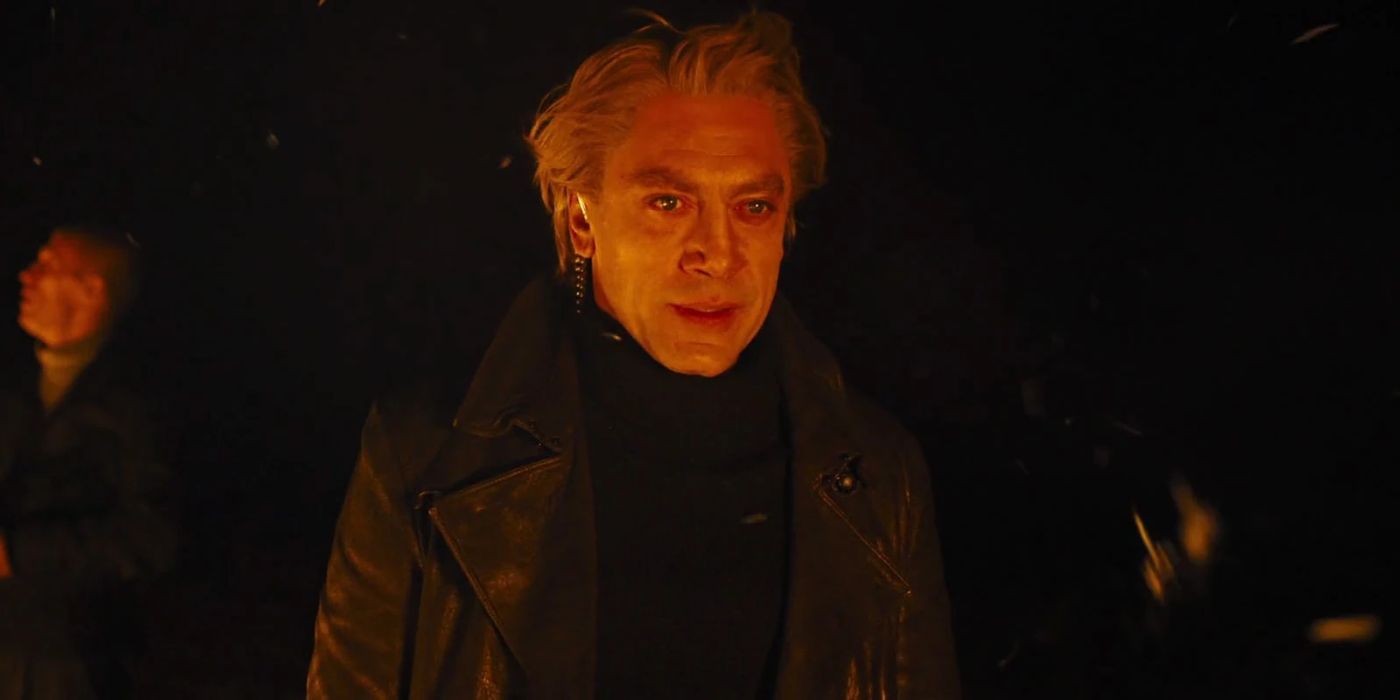
So many villains in the Bond saga have been evil to the core, coming from immense wealth and power and using their abundance of resources to acquire more influence, usually in pursuit of despicable goals. Silva is a refreshing change of pace in this regard. A former MI6 operative, he once worked under M and was disavowed and betrayed by her when he was captured by the Chinese government years earlier, leading him to use a defective cyanide pill that leaves him disfigured and in immense pain.
Highlighting the character’s instability, there is an almost childlike quality to Silva, given how he regards M as a maternal figure, but it only makes his ire at her betrayal all the more poignant and bitter. Contrary to so many other franchise antagonists, Silva was foreseeably once a moral man who wanted to serve his country, driven beyond the brink of insanity by pain and abandonment. His fall into villainy came by the perceived injustice he suffered from his handler, who was supposed to protect him.
8
He is one of Bond’s most intelligent adversaries
Brains over brawn is sometimes best when battling Bond.
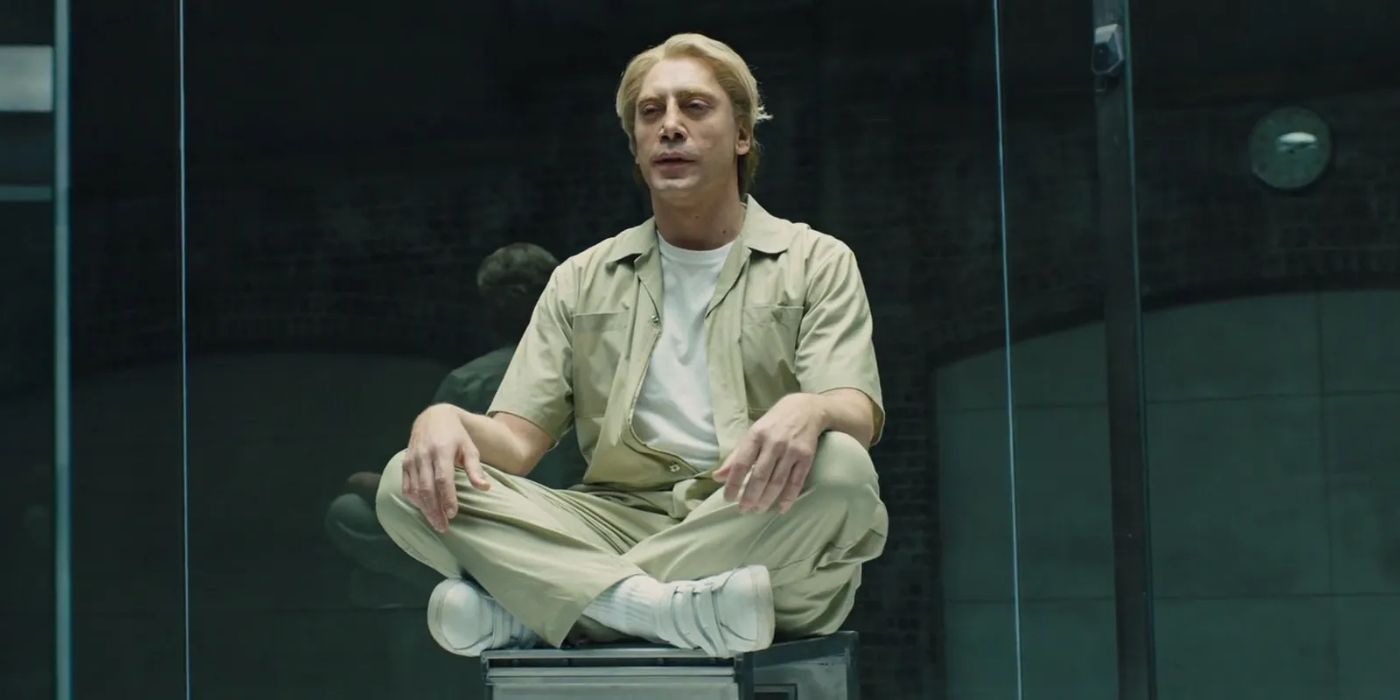
Raoul Silva makes an impression on audiences for his eccentricities, menacing demeanor, and somewhat disturbing infatuation with M. He is made such a devastating and imposing Bond villain, however, by his advanced intelligence. A strategic genius with proficiency in technology and cyberterrorism, he is often able to outwit Bond and his allies, as evinced when Q (Ben Whishaw) tries to decrypt his laptop only to find that his efforts have given Silva access to MI6’s servers.
Previous villains of Craig’s Bond era had been defined more through their cunning and skullduggery than through their brute force. Still, Silva stands as a noticeably more dangerous assailant given his elaborate tactics and in-depth knowledge of computer systems that seemingly trumps MI6’s best minds in that space. His intelligence and strategic brilliance are his greatest assets, and they make him the most effective of all James Bond’s antagonists.
7
He is linked to Bond through his past as a former MI6 agent
Bond and Silva are truly two sides of the same coin.
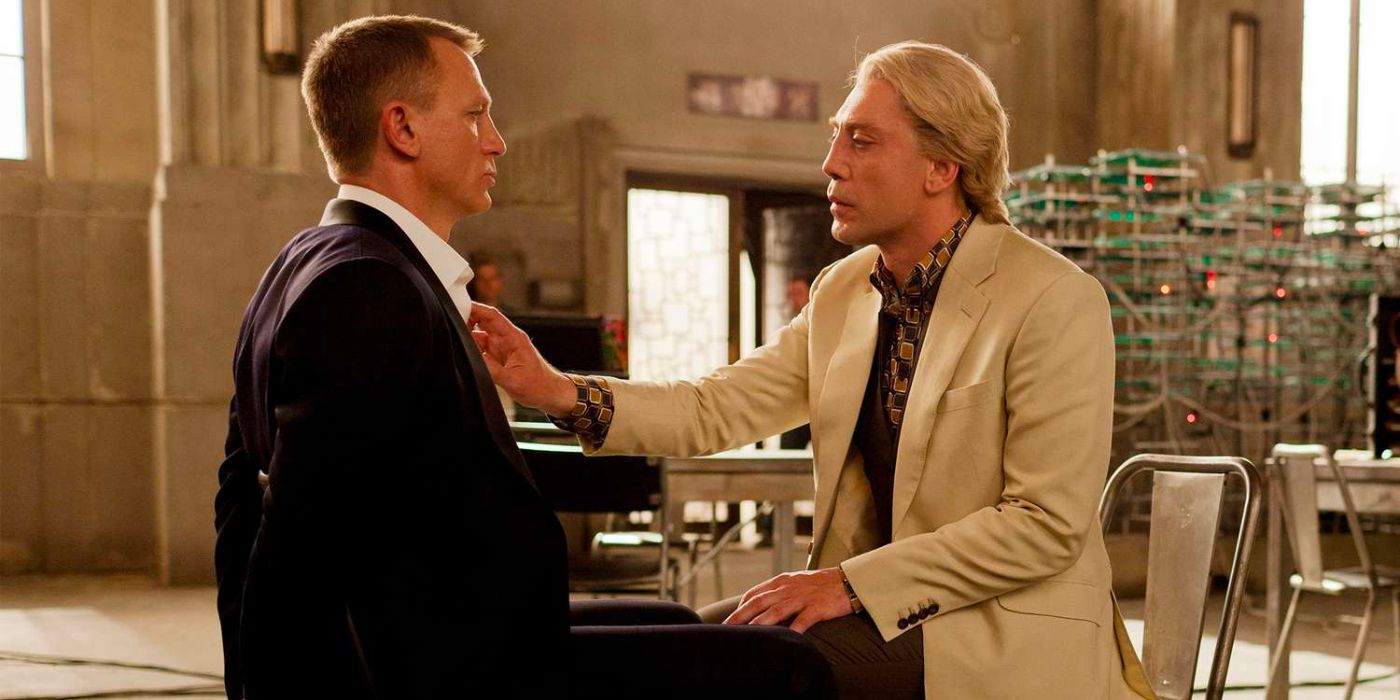
An underrated aspect of Raoul Silva’s character is how he is intrinsically linked to James Bond, not only as a former MI6 agent, but as a field operative working under the instruction of M. It is a fantastic detail to add as it ensures that Skyfall makes him something of a dark mirror of Bond. Indeed, 007’s relationship with M is tested throughout the film after learning that she has lied to him and considers him to be expendable, as evidenced in the action-packed opening sequence of the film.
Whereas so many other instances where Bond and his rivals have conversed feel like proverbial measuring contests full of wit and wordplay, the encounters between Bond and Silva maintain an added thematic heft. It is a character note that the film uses exceptionally well to conjure up dramatic tension between the hero and the villain while also using it to illuminate the nature of Bond’s relationship with M.
6
His eccentricities that hearken back to Bond villains of old…
Just because he is a part of the new-age 007 doesn’t mean he can’t have a few callbacks
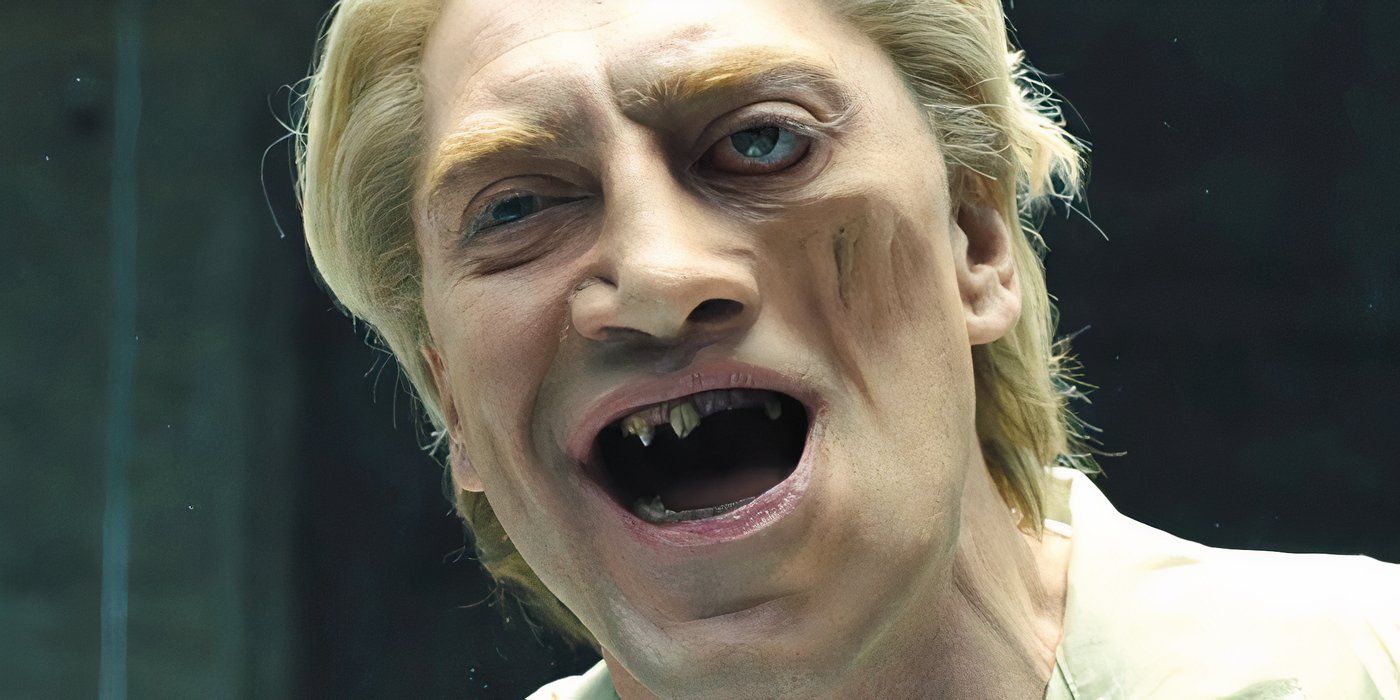
While Raoul Silva is a decisively new-age model of Bond villain, Skyfall still indulges in the franchise’s past to imbue him with some physical traits and stylistic eccentricities reminiscent of the more outlandish antagonists Bond faced in bygone eras. Perhaps the most apparent example of this is the facial disfigurement he suffers as a result of the weakened cyanide pill he took when in Chinese captivity, a malformation he reveals when being held by MI6.
While it is far more distressing to see, it does hearken back to the facial scarring of Ernst Stavro Blofeld, the steel-capped chompers and titanic physicality of Jaws (Richard Kiel), and even the prosthetic metal hands of the first ever Bond villain, Dr. Julius No (Joseph Wiseman). Couple with Silva’s eye-catching dress sense, unpredictable yet flamboyant personality, and sarcastic wit, Raoul Silva is every bit as quirky and eccentric as the most celebrated Bond villains of yesteryear, who were embraced for their cartoonish and outlandish depravity.
5
… But he is still a villain for modern audiences
His use of technology and cyber-terrorism makes him a villain of today.
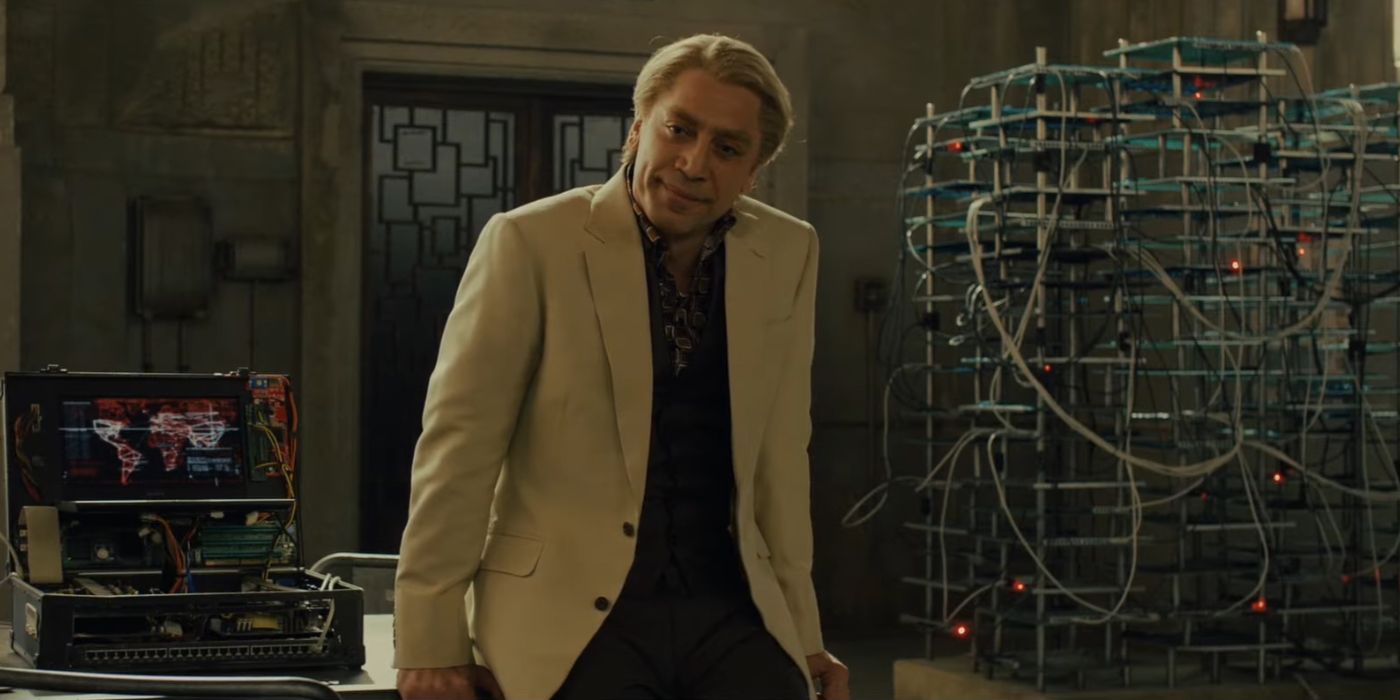
Perfectly balanced, Raoul Silva is a villain full of callbacks to the earliest days of the franchise, but he is also an unmistakably modern antagonist that caters to common modern anxieties linked to technology, information, and cybersecurity. It serves as the most damaging avenue to launch attacks on MI6 and, by extension, M, even going so far as to force the agency to go underground.
It isn’t only his skill set that makes him a modern villain, though. While he does flaunt the aforementioned eccentric style, he is far from a one-dimensional character and is even a tragic and sympathetic figure full of depth, nuance, and complexity. This character design resembles the villains that have captivated the masses in recent decades rather than the dastardly devils people used to be enthused by when the franchise started. In essence, Silva is an antagonist of today infused with glimpses of the cinematic evils of yesteryear, culminating in a wonderfully composed character that is both wickedly entertaining and genuinely intriguing.
4
He is among the most sympathetic Bond villains
Unlike other Bond bad guys, audiences do feel sorry for Silva.

It was alluded to earlier when mentioning the tragedy of his backstory, but Raoul Silva is one of the very few Bond bad guys who is able to generate sympathy and pathos in the audience. While his delusions are apparent, especially in the ruthless world of spycraft, there is still a palpable and genuine sense of poignant hurt to Silva’s arc as his unfulfilled desire for nurture and protection slides into a vitriolic yearning for revenge and retribution.
If anything, this flawed yet human drive is only made more compelling by Silva’s unjustifiable and completely immoral actions. It makes him a nuanced and textured villain with great dimensionality that challenges the audience’s ideas of the nature of evil and antagonism. Injustice is always a powerful emotional catalyst, and Silva’s backstory of betrayal and torment forces viewers to regard him with sympathy, an approach that is quite unique in the annals of villainy in the James Bond series.
3
His theatricality
Silva is a showman through and through.
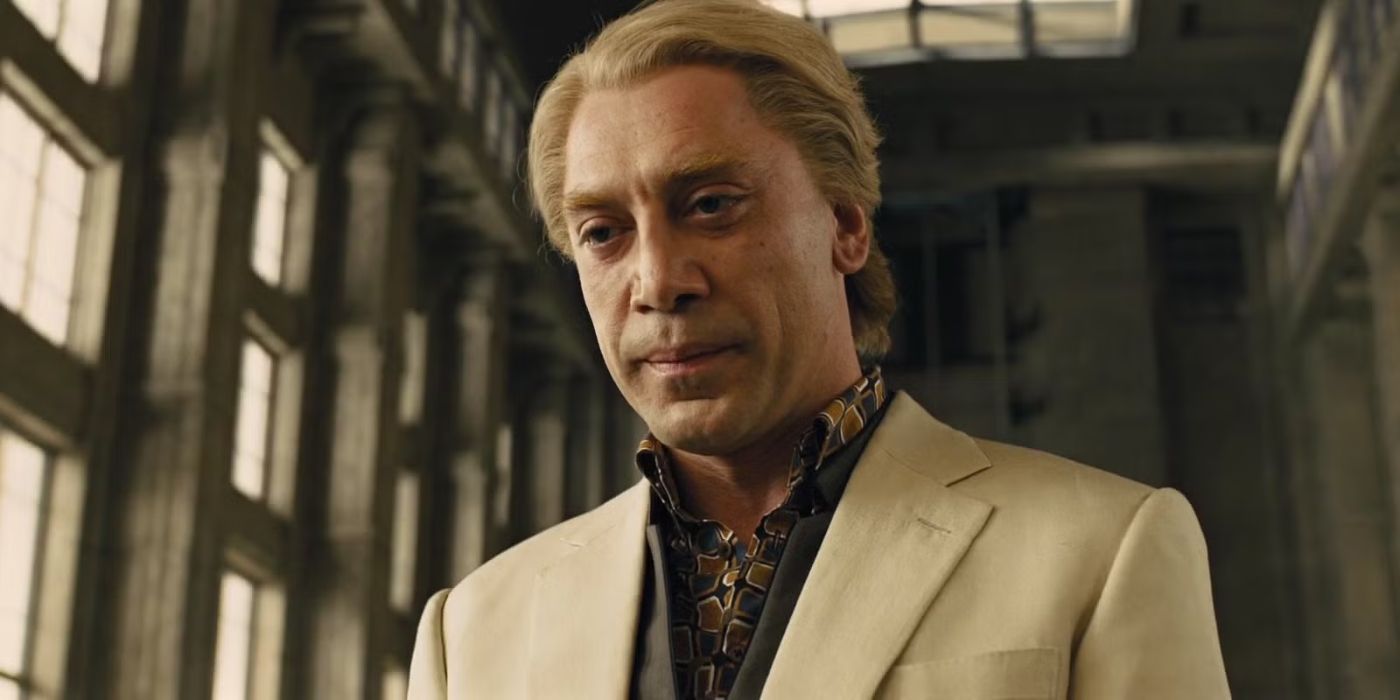
Regardless of whether a villain is grounded and grim, camp and colorful, or a twisted mixture of both, one thing an antagonist should never be is boring. With his flamboyant sense of theatrics and indulgence in excess, Raoul Silva entertains with every moment he is on screen. It is an impression made from the very first time audiences see him, with his casual stroll and somewhat comical demeanor marrying with imposing amorality as he makes his famous rats speech to a restrained James Bond.
This showmanship remains a defining aspect of the character throughout the rest of the film, with even his most vulnerable and dramatic moments underscored with a certain operatic gravitas. Perhaps best exemplified in the scene when he and his men fly in a helicopter to Skyfall with The Animals’ “Boom Boom” blasting, Silva’s exuberant taste for panache and pizzazz is one of his most endearing and enthralling aspects.
2
The grand plan is ceaselessly entertaining
His scheme is both sensationally elaborate and compelling, with its violence.
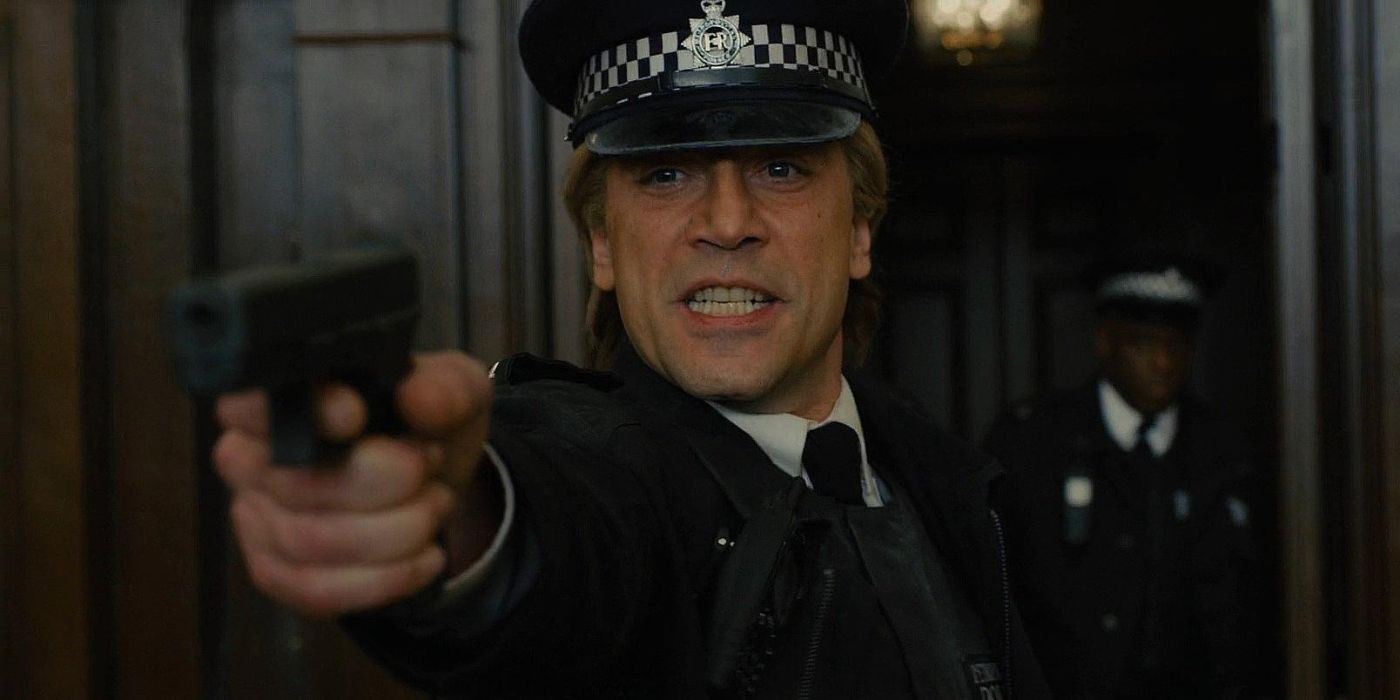
Unbelievably, there have been Bond fans who have criticized Raoul Silva and, by extension, Skyfall as a whole, for the over-elaborate nature and utter implausibility of his plan. This, in a franchise that has seen villains plot to contaminate the world’s gold supply and engineer a new, superior race of humanity in space. In essence, practicality is the least important factor when it comes to Bond villains’ schemes, and Silva’s aspirations for revenge are realized in a way that is engaging with its complexity and violence while still being feverishly entertaining.
He goes to extraordinary lengths to be captured by MI6 so he can infiltrate the agency’s computer systems, set himself free, and launch an attack on M at a parliament inquiry. When that doesn’t work, he resorts to tracking M and Bond to an old orphanage in the Scottish highlands, bombards it with rockets, and tries to force M to shoot one fatal blow that would kill them both. There is an absurdity to it, but it strikes the perfect balance between blockbuster excess and scintillating suspense to make for a wildly entertaining Bond film that places 007 on the back foot for much of the story.
1
He actually achieves his goal
Mission accomplished

Despite the excessive nature of his ploy, it should not be lost on anyone that Raoul Silva is the only villain in the James Bond franchise to actually accomplish his goal. In lieu of world domination or amassing vast wealth, he simply wants to exact his revenge on M for the way she coldly abandoned him when he was captured by the Chinese government as an MI6 agent years earlier.
While he misses his chance at the parliamentary inquiry, he finally makes her pay for what she did to him in the film’s conclusion, though he doesn’t necessarily live long enough to see it. While Bond knifes him in the back before he can deliver the final blow, Silva still succeeds in causing her death as she succumbs to her gunshot wound in James’ arms soon after Silva’s death. In a franchise that has long championed 007’s impenetrable track record, it was a jolt to see 007 fail his main assignment. It is a huge reason why Silva must be considered the best villain in the saga, and it even helps make Skyfall one of the best Bond films as well.
NEXT: Every Daniel Craig James Bond Movie, Ranked

